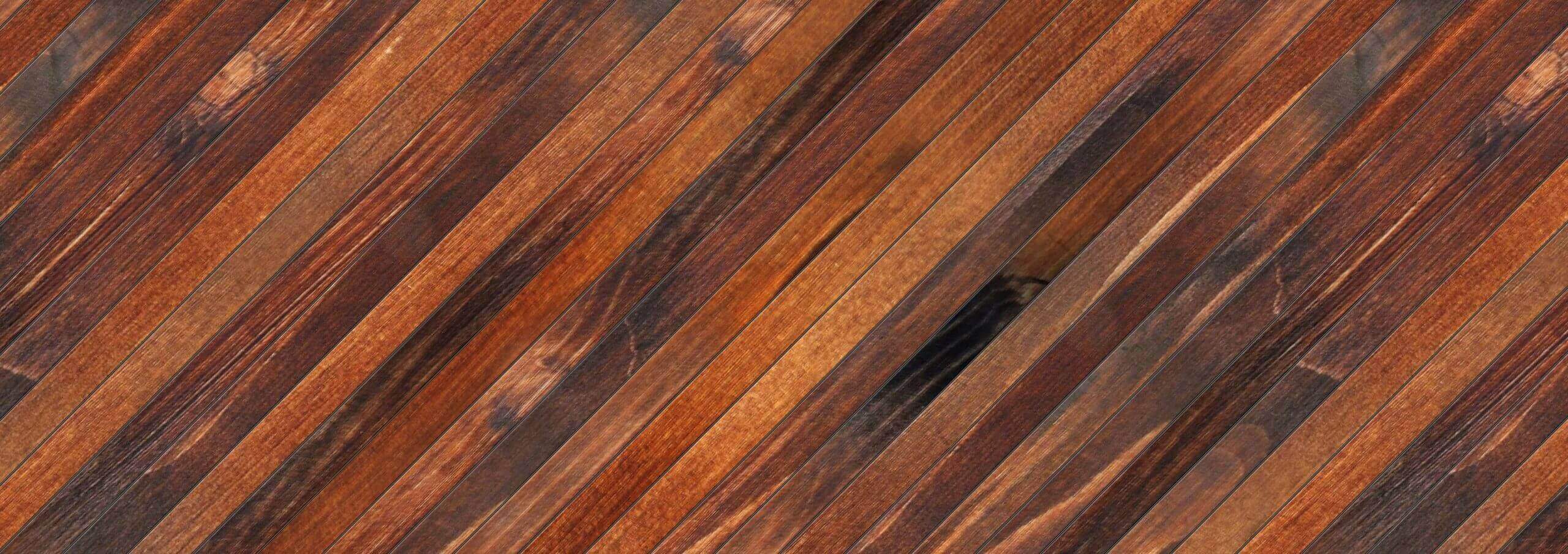Professional floor sanding and polishing generally takes a short amount of time — for instance, a typical three-bedroom house with flooring in good condition would take three days for the floor sanding professionals to sand and polish. Let’s see how they do it.
Day 1: Preparation
On the first day, floor sanding professionals will start preparing your floors by inspecting them for repairs and punching nails if needed. Once they are satisfied, they start sanding to remove existing finishes and imperfections sitting on the top of the timber floors.
Day 2: Sanding and Two Coats
On the second day, flooring professionals carry on with more sanding and will apply the first and the second coats of the chosen sealant or finish. Note that this also depends on the expertise of the flooring professional and any damages on your flooring. If conditions are favourable, two coatings are done by the end of the second day.
Day 3: Buff Sanding and Final Coating
On the last day, flooring professionals will do buff sanding or light sanding. They typically wait until the afternoon to proceed with buff sanding and finishing with the final coating, which is the third coating. It takes a day for the final coating to dry completely, then, homeowners can walk on the floors but re-furnish another day later.
Some Factors That Can Delay the Process
Undoubtedly the size of your house and the number of rooms affects the time taken for sanding and polishing. The larger the rooms and the more rooms, the more time required to finish the job. Some other factors that affect the time taken for floor sanding and polishing are:
1. Uneven Floors
Uneven wooden floors take quite a long time to sand and polish as the floors need deep sanding to get a flat surface. For instance, cupping, cracks, and buckling in the floors take additional time to sand and polish.
2. Damage
Timber floor damages that are deep beyond the finish increase the floor sanding and polishing time. UV damage and water damage are the best examples. In case of UV rays, the floors may either become light or dark depending on the type of wood and the previous finish, which needs more sanding to get the original colour. Similarly, damage caused by water and air exposure can make timber floors turn grey, calling for more sanding. Other damages like dents and scuffs also increase the floor sanding and polishing time.
3. Weather
Weather also affects the timber floor sanding and polishing process. Simply put, the best time to sand and polish is during summer. The main reason is during warm weather, the finish dries much faster, taking less time for all three coatings to dry.
4. Previous Finish
Previous finishes can significantly affect the sanding time as well. Some finishes like aluminium oxide are tough, which takes sanding longer than usual. Besides that, carpet glues also consume a lot of time to get them completely off the floor.
5. Wood Type
Floor sanding and polishing can also take a long time, depending upon the type of wood and flooring style (parquet floors). Hardwood types like Oak are easy to sand, while Jarrah can take slightly more time than Oak. Also, time varies with coarse and lighter sanding process as different types of woods react differently with each.
Though all these factors can increase the sanding time, professional floor sanding and polishing are less expensive, easy and takes relatively less time than replacing a floor. Contact us if you want your timber floors refinished with a brand new look.



